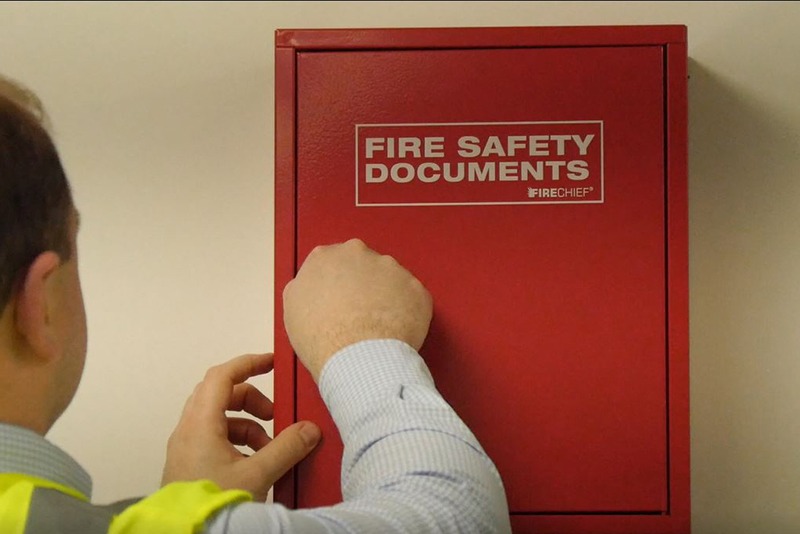Why Registers Are the Backbone of Fire Safety
A fire safety register documents the status of a building’s fire safety measures. This includes maintenance of systems, training records, evacuation information, and other compliance items. When the register is accurate and current, managers can show what has been done and when.
When registers are out of date, managers face:
- Gaps in documented compliance activity
- Difficulty demonstrating maintenance and training history
- Delays during audits and insurance reviews
- Reduced confidence among tenants and owners

Across Queensland, guidance from Queensland Fire Department (QFD) outlines occupiers’ responsibilities, including maintaining records of training, maintenance, and evacuation plans. In New South Wales, NSW Fair Trading provides guidance for strata and property managers about fire safety documentation that must be available and up to date.
The Building Fire Safety Regulation 2008 further makes clear that registers, occupier’s statements, and evacuation plans must be reviewed regularly and produced on request.
The Practical Costs of Outdated Registers
Letting the register lag creates avoidable problems:
- Financial: Additional administrative time to reconstruct records and potential penalties if requirements are not met.
- Operational: Slower audits because information is incomplete or scattered.
- Safety: Staff and contractors may act on old information if diagrams and records are not current.
- Governance: Committees and owners lose confidence when documentation cannot be produced quickly.
According to the Insurance Council of Australia, accurate documentation is one of the factors that can influence how insurance claims are processed. Missing or incomplete records create unnecessary risk.
How Fire Auditors Keeps Registers Current
Fire Auditors focuses on making the register accurate, complete, and useful:
- Structured reviews: We check register contents against current building conditions and required records.
- Complete scope: Evacuation diagrams, training records, maintenance evidence, occupier’s statements, and related items are included and cross-checked.
- Property fit: Registers reflect the actual layout and systems in the building so wardens and staff can rely on them.
- Audit readiness: Records are organised and accessible so managers can produce them on request.
Our goal is straightforward. When an auditor or insurer asks for proof, the register is ready.

Why Fire Auditors Is Different
Update after issues arise
Proactive reviews to keep records current
Generic templates
Registers aligned to the specific property and systems
Paper-first storage
Digital access so documents can be produced quickly
Records only
Records plus training support and on-site verification
Don't give a complete audit
Look at the whole picture giving a complete audit offering solutions and peace of mind
Standards Australia publishes standards that inform how safety information is documented and maintained. Fire Auditors structures registers and supporting records to align with these expectations so evidence is consistent and verifiable.
Proof in Practice
- Used by property managers who need regulator-ready records
- Built by auditors with deep experience in inspections, training, and documentation
- Aligned with Australian requirements for documentation and record keeping
- Designed to give managers confidence during audits and reviews
The Future of Compliance Is Accuracy
An outdated fire safety register is more than a paperwork issue. It makes audits harder, slows insurance reviews, and can affect how people respond during an incident. Keeping the register accurate is the most reliable way to show that safety measures are in place.
Ready to remove the risks of outdated registers?
Contact Fire Auditors to keep your fire safety register current, complete, and ready for inspection.

